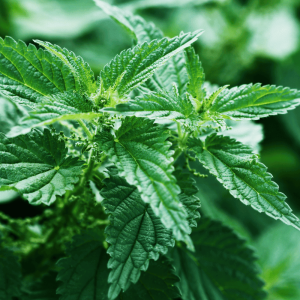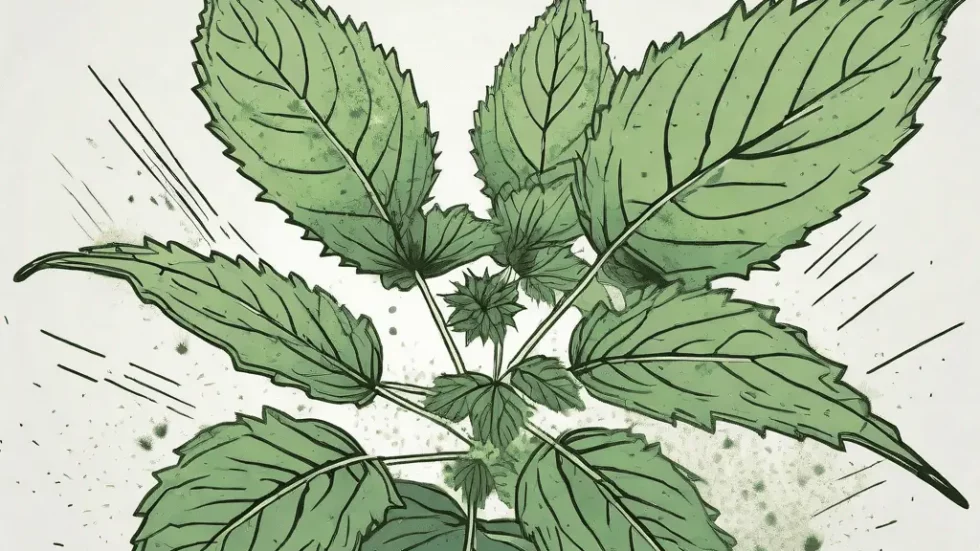Understanding Allergies: Causes and Symptoms
Allergies are a common immune response to substances that the body perceives as harmful. When an allergen enters the body, the immune system reacts by releasing histamines, which cause classic allergy symptoms such as sneezing, itching, and congestion. Common allergens include pollen, dust mites, pet dander, and certain foods. Recognizing the causes and symptoms of allergies is essential in finding effective relief.
The Science Behind Allergic Reactions
Allergic reactions are triggered by the body’s immune system mistakenly identifying harmless substances as threats. This triggers the release of immunoglobulin E (IgE) antibodies, which bind to mast cells and basophils. When the allergen enters the body again, it binds to these IgE antibodies, causing the release of histamines and other inflammatory compounds. This immune response leads to the characteristic symptoms of allergies.
It is fascinating how the immune system, which is designed to protect the body from harmful invaders, can sometimes overreact to harmless substances. This hypersensitivity is what causes allergies. The immune system’s ability to recognize and respond to potential threats is usually a beneficial mechanism. However, in the case of allergies, it can lead to discomfort and inconvenience for individuals.
When the body encounters an allergen for the first time, it may not produce any noticeable symptoms. However, the immune system is quietly preparing for future encounters. It produces IgE antibodies specific to that allergen, which then attach to mast cells and basophils, two types of white blood cells. This sensitization process sets the stage for the allergic reaction that occurs upon subsequent exposure to the allergen.
Common Allergens and Triggers
Understanding common allergens and triggers can help individuals avoid or manage their allergy symptoms more effectively. Pollen from trees, grasses, and weeds is a common allergen, especially during certain seasons. The sight of blooming flowers and vibrant greenery may delight many, but for those with pollen allergies, it can be a source of discomfort.
Dust mites, tiny creatures that thrive in bedding and upholstery, are another common trigger. These microscopic organisms feed on dead skin cells and can be found in mattresses, pillows, carpets, and curtains. Their presence can cause allergic reactions, leading to symptoms such as sneezing, coughing, and itchy eyes.
Pet dander, the tiny flecks of skin shed by animals, is a well-known allergen. It can be found in homes with pets, even if the animals are not present at the moment. Allergies to pet dander can cause symptoms ranging from mild to severe, depending on the individual’s sensitivity.
Mold spores, which are tiny reproductive units of fungi, can also trigger allergies. Mold can grow in damp areas such as bathrooms, basements, and kitchens. Inhaling mold spores can lead to respiratory symptoms, including coughing, wheezing, and nasal congestion.
While many foods are safe and nutritious for most people, some individuals may experience allergic reactions to certain foods. Peanuts and shellfish are among the most common food allergens. Allergic reactions to these foods can range from mild symptoms such as hives and itching to severe reactions that can be life-threatening.
It is important to note that allergies can vary greatly among individuals. What may trigger a severe reaction in one person may cause no symptoms in another. Additionally, allergies can develop at any age, even if an individual has not previously experienced any allergic reactions. Therefore, it is crucial to be aware of potential allergens and take appropriate precautions to prevent or manage allergic symptoms.

An Introduction to Stinging Nettle
Stinging nettle, also known by its scientific name Urtica dioica, is a perennial flowering plant native to Europe, Asia, and North America. It is characterized by its stinging hairs, which contain histamines and other chemicals that can cause a temporary rash or discomfort when touched. Despite its irritating properties, stinging nettle has long been recognized for its potential health benefits.
Stinging nettle is a versatile plant that has been used for centuries for its medicinal properties. It is rich in vitamins A, C, and K, as well as minerals like calcium, magnesium, and iron. It also contains various plant compounds, including flavonoids and phenolic acids, contributing to its potential health benefits.
Throughout history, stinging nettle has been utilized in various traditional healing practices. Ancient Egyptians used it to treat arthritis, while Native Americans used it to alleviate joint pain and inflammation. In medieval Europe, stinging nettle was a popular remedy for hay fever. Today, its potential as a natural allergy remedy is gaining recognition.
The Many Health Benefits of Stinging Nettle
Stinging nettle is not just a plant with stinging hairs; it is a powerhouse of health benefits. Its rich nutritional profile makes it a valuable addition to a healthy diet. The vitamins and minerals present in stinging nettle contribute to overall well-being and support various bodily functions.
One of the key health benefits of stinging nettle is its potential anti-inflammatory properties. The plant compounds found in stinging nettle have been shown to reduce inflammation in the body, which can help alleviate symptoms of conditions such as arthritis and allergies.
In addition to its anti-inflammatory properties, stinging nettle has been studied for its potential to support urinary health. It has diuretic properties, meaning it can increase urine production and help flush out toxins from the body. This makes it a popular natural remedy for urinary tract infections and kidney stones.
Furthermore, stinging nettle has been used traditionally to support healthy hair and skin. Its nutrient-rich composition, including vitamins A and C, can promote hair growth and improve the condition of the skin. Some people even use stinging nettle topically as a natural treatment for conditions like eczema and acne.
How to Incorporate Stinging Nettle into Your Routine
Now that you’re aware of the numerous health benefits of stinging nettle, you may be wondering how to incorporate it into your daily routine. Fortunately, there are several ways to enjoy the benefits of this remarkable plant.
One popular method is to consume stinging nettle as tea. Simply steep dried nettle leaves in hot water for a few minutes, strain, and enjoy. You can also find stinging nettle supplements in the form of capsules or tinctures, which provide a convenient way to incorporate them into your daily routine.
If you’re feeling adventurous, you can even try cooking with a stinging nettle. The young leaves can be blanched and used in recipes as a nutritious and flavorful addition. Just be sure to handle the leaves carefully to avoid any unwanted stings!
Whether you choose to enjoy stinging nettle as a tea, supplement, or culinary ingredient, incorporating it into your routine can be a great way to harness its potential health benefits. However, it’s always a good idea to consult with a healthcare professional before adding any new herbal remedies to your regimen.
The Healing Properties of Stinging Nettle
Nutritional Content of Stinging Nettle
Anti-Inflammatory and Antihistamine Effects
One of the key benefits of stinging nettle in relieving allergies is its anti-inflammatory and antihistamine effects. Research suggests that stinging nettle may inhibit the production of inflammatory compounds and histamines, reducing the severity of allergy symptoms. These effects may help alleviate nasal congestion, sneezing, and itching associated with allergies.
How Stinging Nettle Helps Allergies
Stinging Nettle and the Immune System
Reducing Allergy Symptoms with Stinging Nettle
Using Stinging Nettle for Allergy Relief
Preparing Stinging Nettle for Consumption
Dosage and Safety Considerations
While stinging nettle is generally considered safe when used appropriately, it is always important to consult with a healthcare professional before starting any new herbal regimen. They can guide dosage and potential interactions with other medications. It is particularly important for pregnant or breastfeeding individuals, as well as those with underlying medical conditions, to seek medical advice before using stinging nettle.
Relieving allergies with stinging nettle offers a natural and potentially effective alternative to conventional allergy medications. By understanding the science behind allergies, the benefits of stinging nettle, and how to use it for allergy relief, individuals can take control of their symptoms and improve their overall well-being. Embracing the power of natural remedies like stinging nettle may provide the relief needed to enjoy life without the burdensome effects of allergies.


